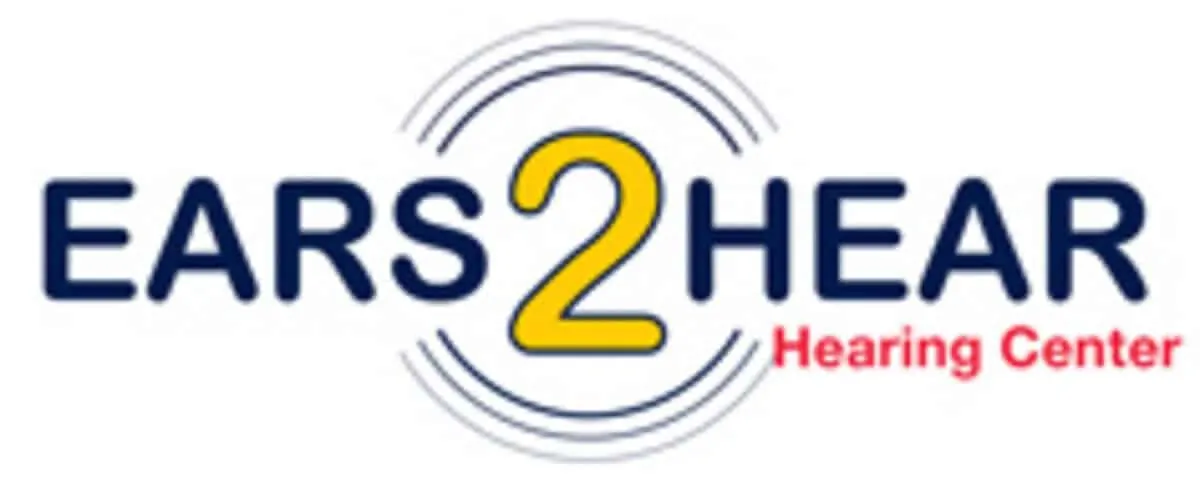A hearing test is the first step in seeking treatment for hearing problems. An audiologist will perform a series of steps to assess your hearing loss and recommend the best treatment for you. Your hearing test will indicate that you may benefit from hearing aids. If so, your audiologist will schedule an evaluation to help you choose the best technology for you, your budget, and your lifestyle. If you’re in the area, come visit Pensacola’s best hearing center.
These are the main steps you should expect to take when you participate in a hearing aid evaluation. Also, there are some things you can do to make it a success.
1: Test your hearing
First, you must have a hearing test before you can be prescribed the best hearing aid.
To get a better understanding of your life and the nature of your hearing loss, an audiologist will ask you some questions. Expect to be asked questions about your medical history, and maybe a brief history on how you first noticed hearing problems. They might also ask you about your health and if you have ever had tinnitus.
Then your ears will be checked for visible signs of problems. The hearing test will then begin. The nature of the test depends on the severity of your hearing loss. It will involve you pressing a button each time you hear a sound. It is possible to be asked to wear headphones or a headband that has a vibrating pad.
This test will reveal the severity of your hearing loss. An audiologist can then recommend the best hearing loss treatment option. This could include wearing a hearing aid.
2: How to choose a hearing aid
You will be able to view different styles of hearing aids if you feel they are recommended.
There are three main styles: in the ear, behind the ear (BTE), and in the canal. Some styles might be more suitable for certain hearing conditions. Your audiologist may recommend a style. You should consider your lifestyle, cost, and comfort when choosing a style.
If you have any questions about specific features or concerns, your audiologist can help. Some hearing aids can be touched and tested for sound.
3. Fitting the hearing aid
After you have selected your hearing aid, additional steps may be required to fit and adjust it. Some hearing aids require an earmold that is custom-fitted to fit your needs. In this case, you will need to make an impression. Your hearing aid will need to be programmed according to your hearing needs.
It is possible that the hearing aid needs to be sent to a manufacturer. This process can take up to several weeks, depending on the model. When your hearing aid is ready for pick-up, you will be notified.
4. How to use your hearing aid
An audiologist can help you use your hearing aid once it is in place. An audiologist will be able to guide you through how to adjust your hearing device, clean it, and what batteries to use. While some of this information might have been given to you when you first choose your hearing aid, an audiologist can provide a summary.
You should not hesitate to ask your audiologist questions about the use of your hearing aid. Ask your audiologist for more information, as there is more to hearing aids that many people don’t realize. You can extend the life of your hearing aid and save money by knowing how to care for it.
For more resources click here!

Recent Comments